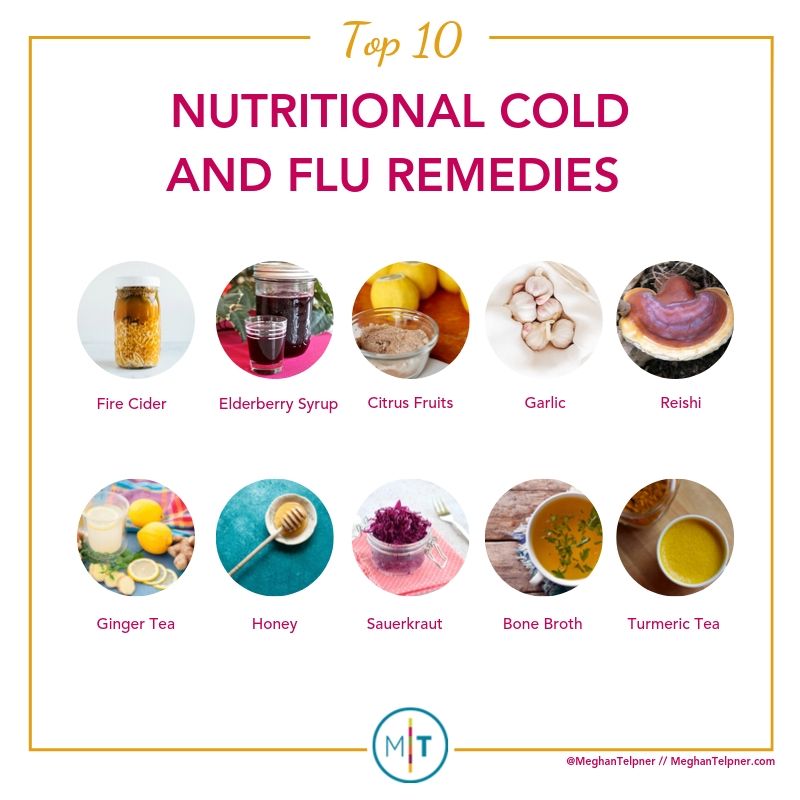
Natural cold-flu remedies can make your symptoms last longer. Drink plenty of water and avoid fruit juices. Green tea may also reduce the length of a common cold. Camellia Sinensis, a plant discovered by researchers at the University of Florida, can boost the immune system and decrease cold symptoms. You can try green tea with honey. You might also like elderberry, Shiitake mushrooms, and Apple cider vinegar.
Apple cider vinegar
While not an official cold treatment, apple cider vinegar can boost the immune system and prevent future outbreaks. Apple cider vinegar is antibacterial and can loosen accumulated mucus. This is great news for those who suffer from persistent or severe coughs. It is worth examining further to verify its claims. Before making drastic changes to diet, a doctor should be consulted. Despite its reluctance to be drunk, apple cider vinegar is a great alternative to other drugs.
Honey
Honey isn’t a new way to get rid of cold symptoms. Honey has been used medicinally for thousands and years. The Qur'an as well as the Bible contain descriptions of honey's medicinal properties. Hippocrates (the Greek physician and father early medicine) also mentioned its healing properties. Oxford University conducted a study that analyzed 14 studies. Nineteen of the 14 studies examined honey and compared it with other conventional treatments.

Shiitake mushrooms
Shiitake mushrooms have many health benefits. They are rich in triterpenes (polysaccharides), triterpenes, along with other compounds that activate NK cells and T cells. Their high concentration of polysaccharides, triterpenes, and other compounds also have antioxidant properties. They are thought have immunomodulatory qualities and contain all eight of the essential amino acids.
Elderberry
Although the effectiveness of this natural remedy as a cold and flu treatment has been subject to debate, one study indicates that it may be able to reduce the illness's duration by about four days. In a 2004 study, 60 adults discovered this. More recently, a study on air travelers found that elderberry syrup also reduced the duration of illness by about four days. Although it is not clear if elderberry syrup can be used orally as an antiviral remedy, it can be taken during sickness.
Ginger
Ginger may help reduce the duration of colds and flus by acting as a natural remedy. Ginger is an excellent anti-inflammatory and antioxidant, which means it helps release toxins and fight off infection. It also has vitamin C that improves the immune system. Adding ginger to a cup of warm water is an easy way to relieve a scratchy throat and stay hydrated.

Garlic
Garlic has a powerful antibacterial effect. When it's raw, garlic's healing power is immediately apparent. Its immediate effects target cold and flu symptoms. Its antibacterial properties support the body's fever-fighting processes. Garlic, which is diaphoretic, helps the body warm itself up.
FAQ
Exercise: Good or bad for immunity?
Exercise is good exercise for your immune system. Your body creates white blood cells when you exercise that fight infection. Your body also removes toxins. Exercise helps to prevent heart disease and cancer. It also reduces stress levels.
However, exercising too much can weaken your immune system. When you exercise too hard, your muscles will become sore. This can cause inflammation as well as swelling. To fight infection, your body will produce more antibodies. The problem is that these extra antibodies can cause allergies and autoimmune disorders.
So, don't overdo it!
What lifestyle is most healthy?
Healthy lifestyles include eating healthy food, regular exercise, good sleep, and avoiding stress. These guidelines will help you live a long, healthy life.
Start small by changing your diet and exercising routine. You can lose weight by walking 30 minutes each day if you are looking to lose weight. For more activity, you can try swimming or dancing. A Fitbit or Strava online program that tracks your activity can be joined.
Do I need to count calories
You may be wondering "what is the best diet for you?" or "is counting calories necessary?" Well, the answer depends on several factors including your current health status, your personal goals, your preferences, and your overall lifestyle.
The Best Diet - Which One Is Right To You?
My current health, my personal goals and lifestyle will determine the best diet for me. There are many different diets, some good and some not so good. Some diets work better than others. What should I do? How do I make a good decision?
This article aims at answering these questions. The article starts by introducing the many types of diets currently available. Then, the pros and cons of each type of diet are discussed. The final step is to determine which one is right for you.
Let's start by taking a look at the various types of diets.
Diet Types
There are three types of diets available: ketogenic, high-protein, and low fat. Let's discuss them briefly below.
Low Fat Diets
A low-fat diet is one that limits the intake of fats. This is accomplished by decreasing the intake of saturated fats such as butter and cream cheese. It is possible to replace these saturated fats with unsaturated ones (olive oil or avocados). For those looking to lose weight quickly, a low-fat diet is often recommended. This type of diet can lead to constipation and heartburn as well as indigestion. It can also lead to vitamin deficiencies, if someone doesn't get enough vitamins in their food.
High Protein Diets
High protein diets discourage carbohydrates and encourage the use of proteins. These diets usually have higher amounts of protein than other diets. These diets are intended to increase muscle mass and reduce calories. They may not be able to provide sufficient nutrition for people who need it. Also, they tend to be very restrictive, so they aren't suitable for everyone.
Ketogenic Diets
Also known as keto diets, ketogenic diets are also called keto diets. They are high fat and moderately carbohydrate and protein-rich. They are typically used by athletes and bodybuilders because they allow them to train harder and longer without getting tired. However, they must be used with caution to avoid nausea, headaches and fatigue.
What is the difference between calories and kilocalories in food?
Calories are units that measure how much food has energy. Calories is the unit of measurement. One calorie represents the energy required to raise one gram of water's temperature by one degree Celsius.
Kilocalories can also be used to refer to calories. Kilocalories are expressed in thousandths (or a calorie). For example, 1000 calories equals one kilocalorie.
How can I lower my blood pressure
The first thing you need to do is find out what causes high blood pressure. Next, you will need to determine what is causing high blood pressure. You can do this by eating less salt, losing weight, or taking medication.
You also need to make sure you are getting enough exercise. If you don’t have enough time to exercise regularly, consider walking more often.
A gym membership is a good idea if you don't like how much exercise your doing. You will likely want to join an exercise group that shares your goals. It is easier to adhere to a fitness routine when someone else will be there with you.
Statistics
- This article received 11 testimonials and 86% of readers who voted found it helpful, earning it our reader-approved status. (wikihow.com)
- WHO recommends reducing saturated fats to less than 10% of total energy intake; reducing trans-fats to less than 1% of total energy intake; and replacing both saturated fats and trans-fats to unsaturated fats. (who.int)
- According to the Physical Activity Guidelines for Americans, we should strive for at least 150 minutes of moderate intensity activity each week (54Trusted Source Smoking, harmful use of drugs, and alcohol abuse can all seriously negatively affect your health. (healthline.com)
- WHO recommends consuming less than 5% of total energy intake for additional health benefits. (who.int)
External Links
How To
What does the term "vitamins" mean?
Vitamins are organic compounds naturally found in food. Vitamins are essential for our bodies to absorb nutrients from the foods we eat. Vitamins cannot be made by the body; they must be taken from food.
There are two types of vitamins: water soluble and fat soluble. Water-soluble vitamins dissolve in water easily. Examples include vitamin C,B1 (thiamine), B2 (riboflavin), B3 (niacin), B6 (pyridoxine), folic acid, biotin, pantothenic acid, and choline. The liver and fat soluble vitamins are stored within the liver and in fatty tissue. Some examples include vitamin D and E, K, A and beta carotene.
Vitamins are classified based on their biological activity. There are eight major types of vitamins:
-
A - vital for healthy growth.
-
C - vital for proper nerve function, and energy production.
-
D – Essential for healthy teeth, bones and joints
-
E is required for good vision and reproduction.
-
K - essential for healthy muscles, nerves, and bones.
-
P - Essential for strong bones and teeth.
-
Q - aids digestion and absorption of iron.
-
R - Required for red blood cell production
The recommended daily allowance (RDA) of vitamins varies depending on age, gender, and physical condition. The U.S. Food and Drug Administration, (FDA), sets the RDA value.
For adults 19 years and over, the RDA of vitamin A is 400mg per day. Pregnant women require 600 micrograms daily to support fetal development. Children ages 1-8 require 900 micrograms per day. For infants younger than one year, 700 micrograms are required daily. However, this number drops to 500 micrograms each day for children aged 9-12 months.
Children aged between 1-18 years require 800 micrograms of sugar per day, while overweight children need 1000 micrograms. Children who are underweight receive 1200 micrograms every day to meet their nutritional requirements.
2200 mg of vitamin A per day is required for children aged 4-8 who have been diagnosed by anemia.
2000 micrograms per person is necessary for general health. Breastfeeding or pregnant women require 3000 micrograms per daily due to higher nutrient demands.
1500 micrograms are required daily by adults over 70 because they lose approximately 10% of their muscle each decade.
Women who are pregnant and lactating need more nutrients than the RDA. Pregnant woman need 4000 micrograms daily in pregnancy, and 2500 per day after childbirth. Breastfeeding mothers require 5000 micrograms daily when breast milk production is occurring.